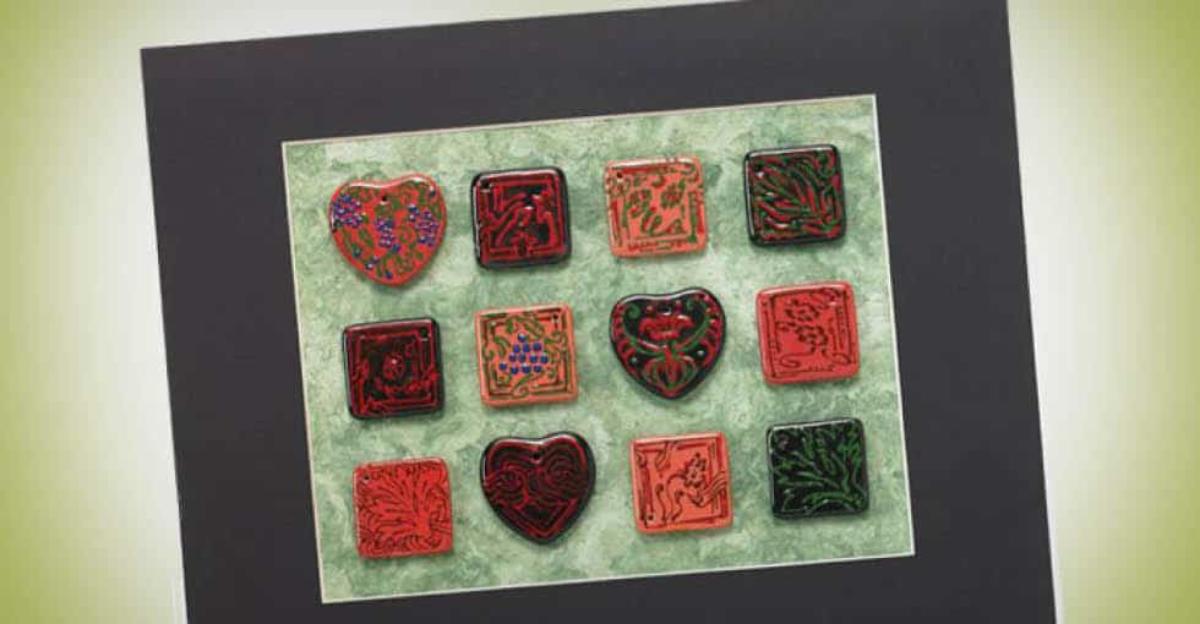Popular in the late 1800’s and early 1900’s, the Art Nouveau style permeated all areas of affluent life – not just the fine arts, but also architecture, interior design, furniture, jewelry, and more. Rooted in natural forms and curving lines, including those found in flowers and plants, Art Nouveau style was applied to everything from silverware to crown molding!
One of the longest standing and most recognizable examples of Art Nouveau are artist Hector Guimard’s wrought-iron Metro signs in Paris. La Tournee du Chat Noire, a poster in the Art Nouveau style, has also stood the test of time.
In particular, Art Nouveau revitalized the jewelry industry, shifting the focus from settings that highlighted precious stones to art pieces designed by artisan jewelers. Inspired by nature and the popularity of Japanese art, jewelers like the famed Lalique used a new resource – enameling – and semi-precious stones to create ornate brooches and pendants based on unique aspects of nature.
Study the styles, lines, and color palettes of the Art Nouveau movement with your students, then encourage them to create a wearable piece of jewelry in the Art Nouveau style using our Art Nouveau Bisquettes lesson! Click here to view the lesson plan including step-by-step directions and a materials list.
For Grades 7-12.






Leave a Reply